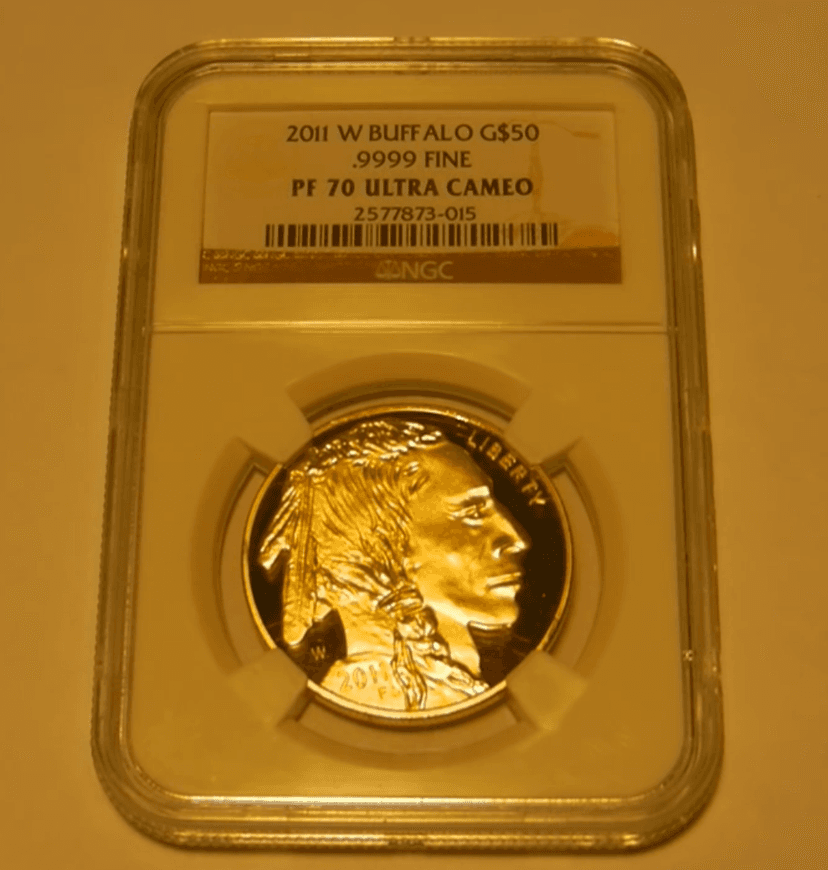Article • February 3rd, 2020
An occasional customer comes into our store saying that they have found a cheaper gold coin online. Then, they bring them in to sell, only to find out that they are made of absolutely no gold. This article is to provide you dozens of reasons why not to buy online.(Pictures above provided by NGC - Numismatic Guaranty Corporation). In our store, we test the purity of every single gold and silver coin that we buy and sell. They are all weighed to make sure they are an ounce as well. Dozens of fakes and hundreds of nonpure coins have come through our doors, all of which were bought online or other dealers.
This article is set up like a quiz to show you how nearly impossible it is to tell fakes apart. The worst part, online retailers can show pictures of real coins, and then ship fake ones. Additionally, third-party grading services have become popular and trusted entities in the coin collecting community. These professional grading services, like NGC and PCGS, provide an unbiased evaluation, encapsulate the coin in protective holders, and assign a grade. Utilizing these services can enhance a coin's marketability and provide assurance to both buyers and sellers.
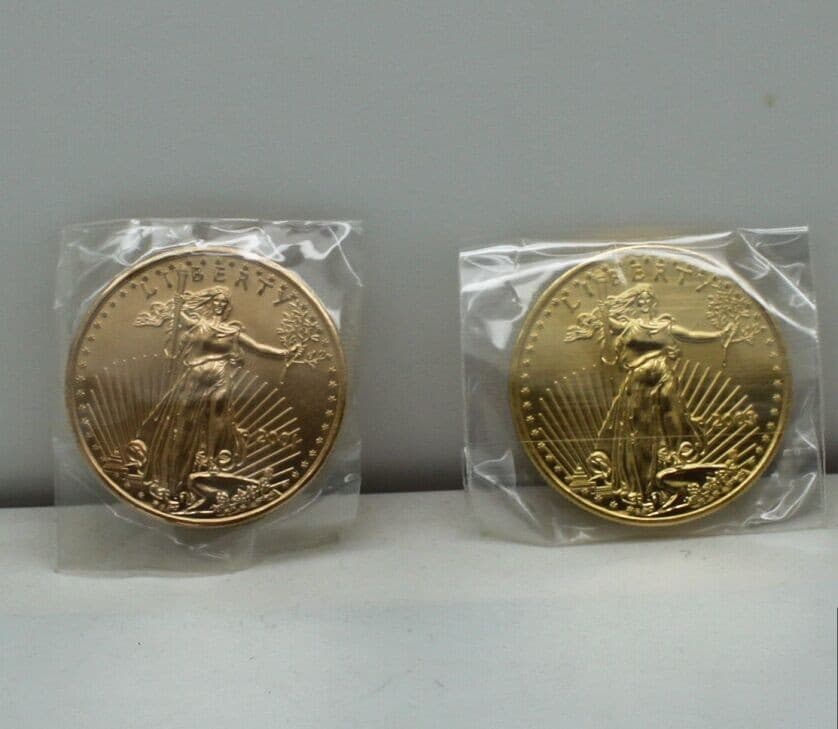
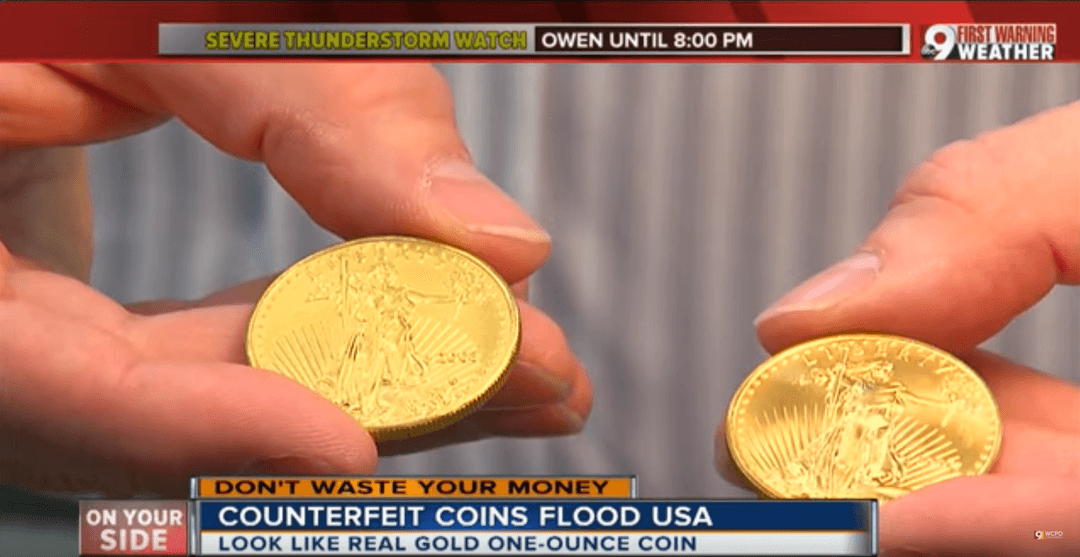
Which of these above coins are real? It can be extremely hard to tell, especially when the weights and dimensions of the coins are identical. The answer is further below, just so it didn't give the answer away. Not all "fake" gold coins are designed to be deceptive.
The allure of online shopping is the perceived savings it offers. But when it comes to precious metals, it's crucial to consider the long-term value and authenticity. In many cases, customers have realized too late that the initial savings from online purchases are overshadowed by the losses they incur from buying counterfeit or sub-standard coins.
In cases you were still wondering, the Goal Eagle on the right is... the real one while the one on the left is completely fake.
Another alarming trend is the rise of 'authentic' certificates or guarantees that come with online purchases. These certificates, often printed on official-looking paper, claim to verify the authenticity and purity of the coin. However, in many instances, these certificates are as fake as the coins they accompany.
For example, some Deutsche bars would look perfectly fine to purchase online. And if it sells at 50 dollars below the price we would sell it for in the store, why wouldn't you? Well its only designed as a prop, even though it weighs the perfect amount. With a deceptive seller, and some tricky tactics, this could fool individuals.
Pricing is a significant factor that lures individuals into buying online. A price significantly lower than the market rate should raise red flags. It's essential to understand that reputable dealers have similar pricing structures and any drastic deviation from this could indicate a potential scam.
For example, the Deutsche Reichsbank 5 oz "Feingold" is another completely fake gold bar that can be found online for under spot price.
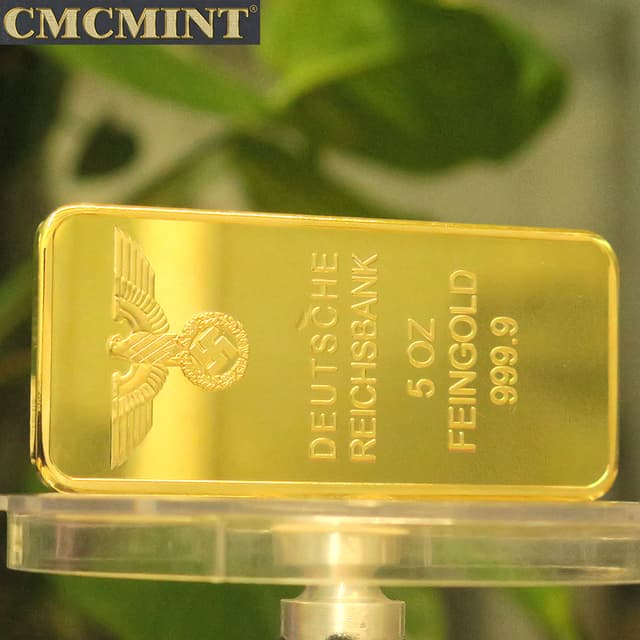
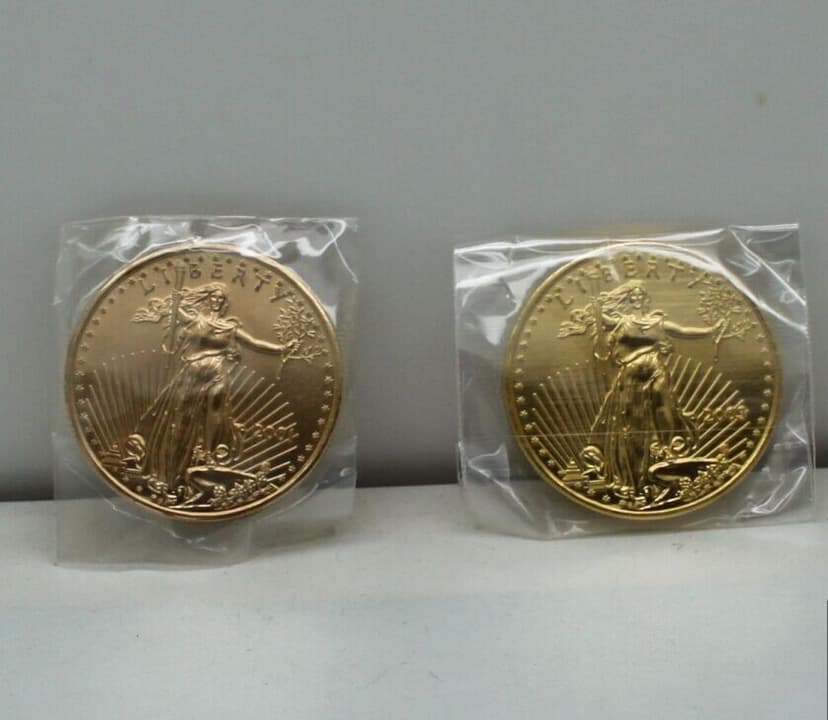
But the American Eagle coins are even more of a popular buy. And if they look right, they are even easier to fall prey to. These fakes are becoming wide-spread, and are very hard to tell the difference without advanced technology.
It's also worth noting that while technology has aided counterfeiters, it has also equipped genuine dealers with tools to authenticate products. From specialized weighing scales to electronic testers and x-ray fluorescence, there are multiple ways to ensure the authenticity of a coin or bar. For individuals just buying online, there is no quick and easy way to differentiate.
Take your time and compare, and determine if you reject either of these as a fake if you had to at a coin store. Even for seasoned experts, certain fakes can be challenging to identify. This is why it's essential to not just rely on visual checks but to also consider the reputation of the seller and technology they are using.
Here is a closer look at the one on the right (from the picture above with both eagles in it). How does it look?
It was actually a trick question, because they are both replica coins from china. These aren't limited to gold coins either. Silver fakes are even more pronounced, and because of their price, more people usually tend to buy them.
Detailed inspections, using magnifying glasses or microscopes, can sometimes reveal inconsistencies in design, texture, or color that might not be visible to the naked eye. Such detailed scrutiny is especially crucial for high-value or rare coins.
These aren't limited to gold coins either. Silver fakes are even more pronounced, and because of their price, more people usually tend to buy them. The allure of silver, given its relatively lower price compared to gold, makes it an attractive option for many. However, this also means that the market is flooded with fakes, given the volume of silver transactions. From coins to bars and even jewelry, the risk of counterfeits is ever-present.
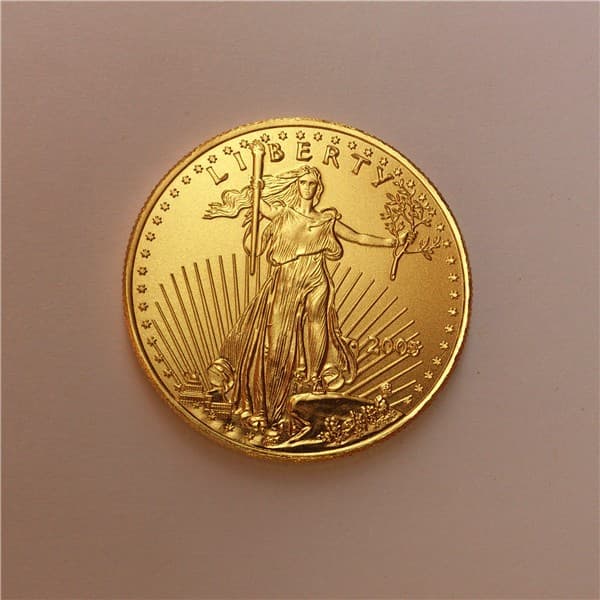
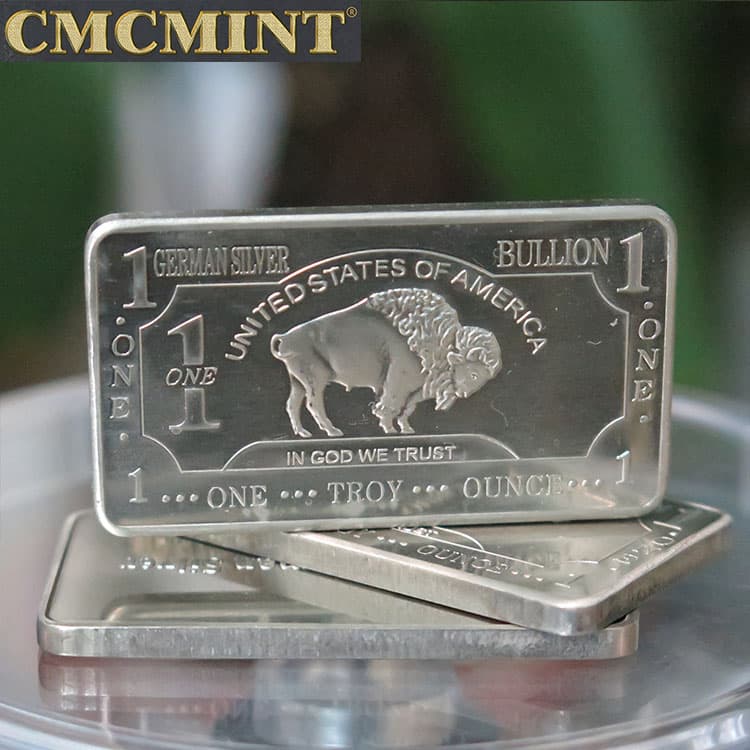
Relying on trusted brands and recognized mints can offer some assurance. For example, coins minted by national mints often have specific security features that are hard to replicate. Familiarizing oneself with these features can provide an added layer of confidence when making a purchase.
Reputation is everything in the precious metals industry. Trusted dealers, with years or even decades of experience, not only provide genuine products but also offer advice, insights, and guidance to both novice and experienced buyers. Their expertise can be invaluable in navigating the complex world of precious metals.
It's not just the individual buyer at risk. The proliferation of fakes can erode trust in the entire industry, affecting prices and undermining the value of genuine products. Collective vigilance, shared knowledge, and continuous education are crucial in combating this menace.
That's because even though it weights one troy ounce, and is .999 fine, German Silver is not silver, and this bar does not contain silver. Buffalo silver one ounce rounds are usually the most common design for silver rounds that we sell. Can you tell which one is fake?
Graded coins, often seen as the pinnacle of a collector's portfolio, carry a distinct allure due to their certified quality and rarity. However, as with raw coins, the market has seen a surge in fake graded coins. These counterfeits aren't just limited to the coin itself; they extend to the tampering of the grading slab and the falsification of certification labels. The aim is to deceive a potential buyer into believing that the coin has been authenticated and graded by a reputable agency, thereby fetching a premium price for a worthless counterfeit.
These can be incredibly hard to differentiate without decades of experience, and nearly impossible online. More importantly, online sellers frequently sell from the picture of a real graded coin, and ship a slightly different one.
In short, any coin of value most likely has a fake, such as the fake Credit Suisse above. Buy from a distinguished dealer that can test the pieces, and that has been there for a while. More importantly, never pay less than spot for gold, because if it is too good to be true, than it probably is. Gold acts just like a currency. Someone would never give you a hundred dollar bill for 4 20's. The possibility of saving a few bucks online is never worth it.
